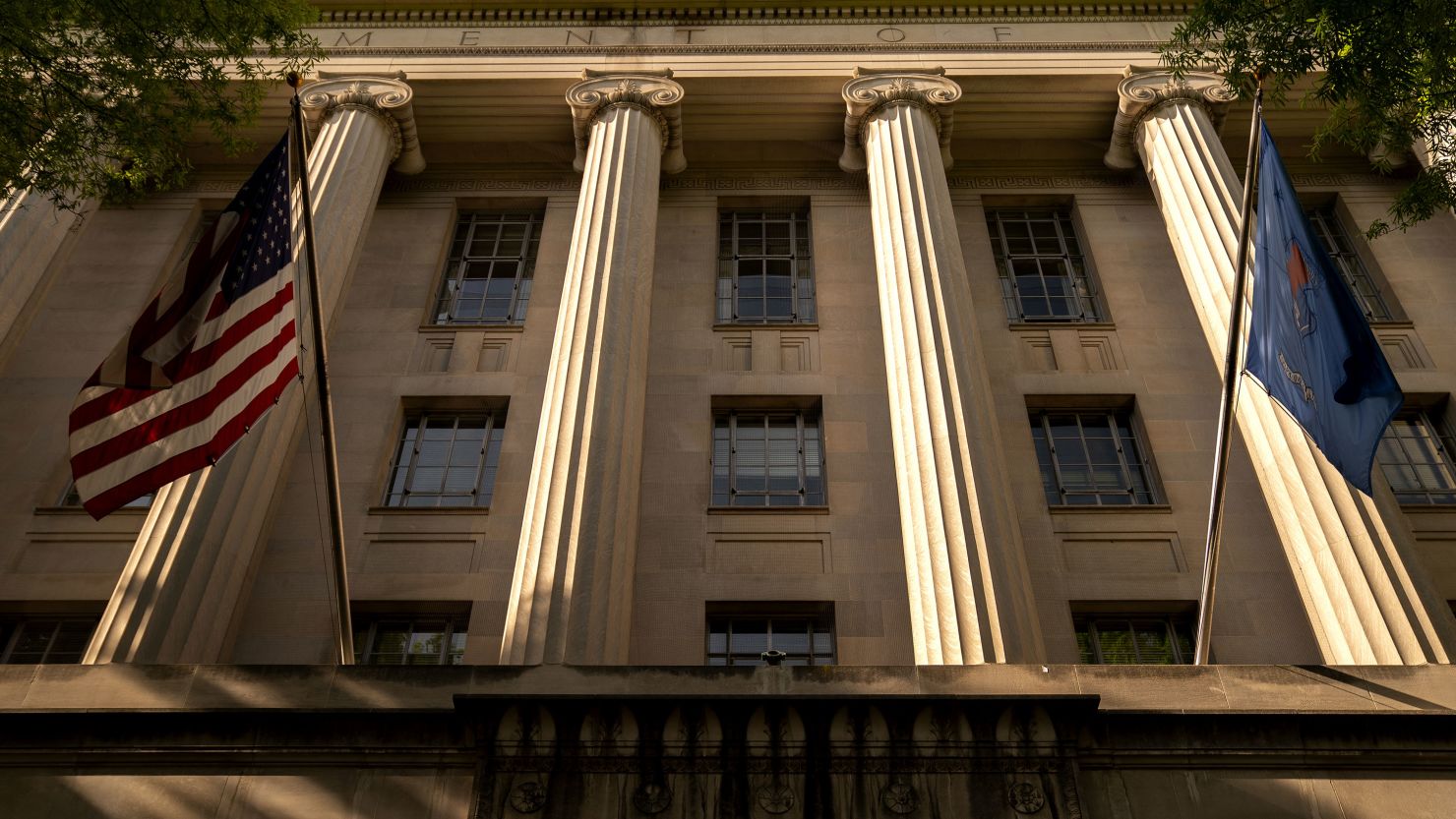Articles in this Cluster
21-05-2025
CNBC’s The China Connection highlights a fragile 90-day U.S.-China trade truce already strained by ambiguity and posturing. China signaled legal action over curbs on its advanced semiconductors and imposed duties on certain engineering plastics, while the U.S. kept 20% tariffs tied to fentanyl concerns. Disputes center on whether China will ease rare earth export controls; U.S. analysts warn failure to do so could trigger re-escalation. A new U.S. ambassador, David Perdue, arrived in Beijing, with both sides setting up a new economic dialogue mechanism but offering no timeline. Analysts expect limited, incremental steps, with potential Chinese buys of U.S. agriculture and energy. Meanwhile, China’s economy shows mixed data—soft retail and industrial growth, ongoing property weakness, but stronger e-commerce, EV-related gains, and policy pushes for tech self-reliance ahead of the next five-year plan. Chinese and Hong Kong stocks rose modestly.
Entities: U.S.-China trade truce, rare earth export controls, advanced semiconductors, David Perdue, fentanyl-related tariffs • Tone: analytical • Sentiment: neutral • Intent: inform
21-05-2025
Days after a temporary US-China tariff truce, a new dispute erupted over Huawei’s advanced AI chips. Beijing condemned US Commerce Department guidance warning companies against using Huawei’s Ascend processors, calling it unilateral bullying and a breach of the Geneva talks’ consensus. Although the US later softened wording that initially implied a global ban, China said the guidance still distorts markets and threatened legal action under its Anti-Foreign Sanctions Law against entities aiding the measures. The clash underscores persistent strategic tensions over semiconductors and AI despite the 90-day window to negotiate broader trade issues.
Entities: Huawei, Ascend processors, US Commerce Department, Beijing, Anti-Foreign Sanctions Law • Tone: analytical • Sentiment: negative • Intent: inform
21-05-2025
Malaysia’s long-standing role as a major U.S.-bound semiconductor hub is threatened by President Trump’s shifting tariff policy. While Malaysia had been positioned to benefit from U.S. efforts to keep advanced AI chips out of China—spurring Prime Minister Anwar Ibrahim’s multibillion-dollar plan to move up the value chain into chip design and cutting-edge manufacturing—new U.S. tariffs have created uncertainty. A 24% levy on Malaysian exports was announced then paused; talks continue, but a 10% baseline tariff applies, and the administration is weighing at least a 25% blanket tariff on all semiconductor imports on national security grounds. The unpredictability is delaying company decisions, risking higher costs for U.S. consumers, and complicating investments from firms like Intel, AMD, Oracle, and suppliers such as AT&S. Despite recent initiatives—Malaysia’s $250 million partnership with Arm to build a chip-design sector, Nvidia-backed AI infrastructure, and broader interest from France, Australia, and Japan—industry leaders warn that tariff uncertainty could slow spending and product development, undermining Malaysia’s AI ambitions.
Entities: Malaysia, United States tariffs, Semiconductor industry, Anwar Ibrahim, AI chips • Tone: analytical • Sentiment: negative • Intent: inform
21-05-2025
China’s Ministry of Commerce condemned new US guidelines banning certain Chinese chips and restricting US chips for Chinese AI training, calling them unilateral bullying and a violation of international law. Beijing warned it will invoke its 2021 Anti-Foreign Sanctions Law against entities that enforce or assist the measures, exposing them to prosecution and compensation claims. China said it will closely monitor the situation and take strong actions to defend its interests.
Entities: China’s Ministry of Commerce, United States, Huawei, Anti-Foreign Sanctions Law (2021), South China Morning Post • Tone: analytical • Sentiment: negative • Intent: warn
21-05-2025
China is drafting its 2026–30 five-year plan to fortify its economy amid a prolonged US-China rivalry, prioritizing science, high-tech innovation, industrial modernization, and manufacturing resilience. The plan will likely push “new quality productive forces,” develop frontier industries, upgrade traditional manufacturing, and bolster domestic consumption, while potentially setting an ambitious GDP growth target. It aligns with Xi Jinping’s goal of “basically achieving socialist modernisation” by 2035, including raising per capita GDP to moderately developed-country levels. Public feedback is being solicited, with detailed targets to be released in March.
Entities: China, 2026–2030 Five-Year Plan, United States–China rivalry, Xi Jinping, new quality productive forces • Tone: analytical • Sentiment: neutral • Intent: inform
21-05-2025
China’s youth unemployment rate (ages 16–24, excluding students) fell to 15.8% in April from 16.5% in March, the lowest so far in 2025 but still higher than a year earlier. The rate may rise again as a record 12.22 million university graduates enter the job market this summer. Despite some recovery, structural challenges persist: the economy is struggling to generate enough high-quality jobs, and US-China trade tensions—though temporarily eased by a 90-day tariff scaling—pose additional risks, particularly for cross-border trade roles.
Entities: China, youth unemployment rate, ages 16–24, university graduates, 2025 • Tone: analytical • Sentiment: neutral • Intent: inform
21-05-2025
Nvidia CEO Jensen Huang said U.S. export controls on AI chips have backfired by accelerating Chinese companies’ development through motivation, talent mobilization, and government support. He noted China’s strong tech ecosystem, with about half the world’s AI researchers and strong software capabilities. Nvidia’s China AI chip market share fell from ~95% to ~50%, and it wrote off billions in sales due to restrictions. After the U.S. tightened rules to block Nvidia’s China-bound H20 chips, Huang met Beijing stakeholders to explore compliant designs. While the Trump administration recently eased some controls, it also warned allies against using Chinese chips like Huawei’s Ascend, prompting China to accuse the U.S. of bullying and protectionism and to threaten legal action against entities enforcing such measures.
Entities: Nvidia, Jensen Huang, U.S. export controls, China, Huawei Ascend • Tone: analytical • Sentiment: neutral • Intent: inform
